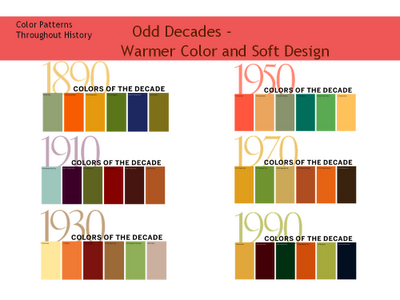Admittedly, Adelson’s paper has me out of my depth. I had to read each paragraph two or three times to try to understand the message. I did particularly enjoy the optical illusions though, and after a couple of readings could grasp most of what was being conveyed about our visual perception systems in so far as they related to the illusions. My preferred section of the paper was Helmholtz view that “what we perceive is our visual system’s best guess as to what is in the world.” I’ve always found optical tests interesting in so far as the brain can sometimes compensate for things the eyes cannot see. I’ve also always been fascinated to know if what one person sees and perceives from an image can differ from another. Like image if what I thought was blue actually looks like green to someone else, but we’ve both been taught to call that hue blue? The world could look entirely different to someone else, but we’ve been taught to associate certain words with images and colors, and so we’re all speaking the same language but seeing different things…
The real-world application for these types of studies I think most manifest themselves in the fashion industry in so far as consumer populations are living longer, and eyesight is one of the first human faculties to degrade. Paco Underhill’s Why We Buy: The Science of Shopping delves into marketing considerations that will need to be made by brands who are attempting to capture the purchasing dollar of an aging society. For example, the ability to perceive yellow against a white background, or to perceive any text at all if the contrast between the text and the background is not great enough. These visual considerations, as well as basic considerations of text size on product labels, are very important to remember in both product design and marketing.
Definitions
Low-level vision: at the retina, including light adaptation and the center-surround receptive fields of ganglion cells
Mid-level vision: ill-defined region between low and high level vision. Thought to involve surfaces, contours, and grouping
High-level vision: includes cognitive processes that incorporate knowledge about objects, materials and scenes
Luminance: the amount of visible light that comes to the eye from a surface
Illuminance: the amount of light incident on a surface
Reflectance: the proportion of incident light that is reflected from a surface





